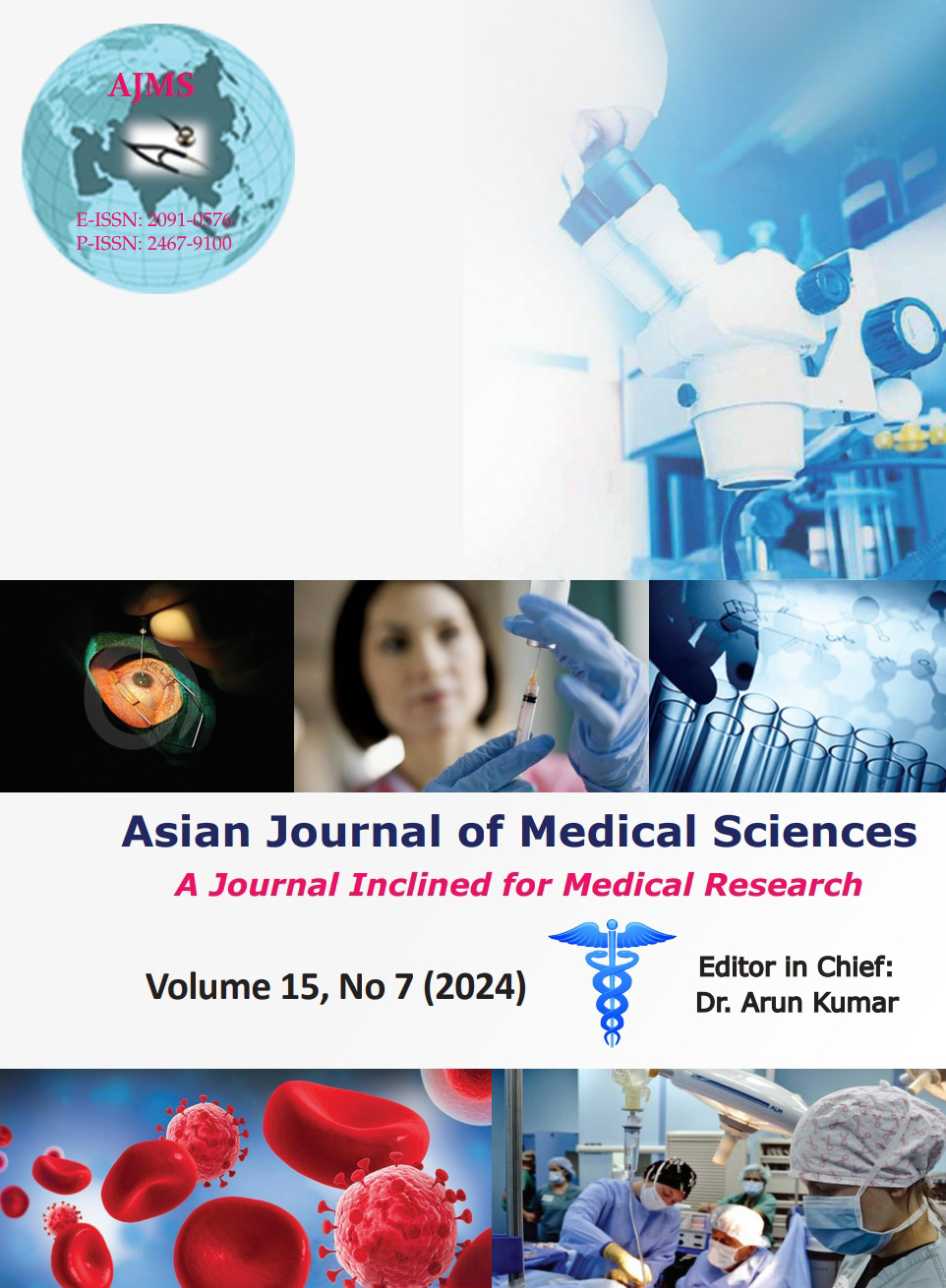Comparison of conventional percutaneous nephrolithotomy versus endoscopic combined intrarenal surgery in complex renal calculus – Our institutional experience
Keywords:
Renal stone; Endoscopic combined intrarenal surgery; PCNL; Fluoroscopy; Stone free rateAbstract
Background: Complex renal calculi, characterized by their size, location, and composition, pose a significant challenge to urologists due to the potential for complications and the difficulty in achieving complete stone clearance. Conventional percutaneous nephrolithotomy (PCNL) and endoscopic combined intrarenal surgery (ECIRS) are two established techniques for managing these complex renal calculi.
Aims and Objectives: The aims and objectives are to compare the effectiveness, safety, and outcomes of PCNL versus ECIRS in managing complex renal calculi in a cohort of 60 cases treated at GMKMCH-Salem.
Materials and Methods: A retrospective analysis was conducted on 60 patients with complex renal calculi who underwent either conventional PCNL or ECIRS during a specified period at GMKMCH-Salem. Patient demographics, stone characteristics, procedural details, intraoperative and post-operative parameters, and complications were analyzed and compared between the two treatment groups.
Results: The study found that both PCNL and ECIRS techniques were effective in treating complex renal calculi. However, significant differences were observed between the two groups in terms of outcomes. The ECIRS technique exhibited superior outcomes with higher stone clearance rates (P<0.001), shorter operative times (P<0.05), and reduced hospital stays (P<0.05) compared to conventional PCNL.
Conclusion: This study demonstrates that ECIRS is a promising alternative to conventional PCNL in the management of complex renal calculi. The ECIRS technique yielded higher stone clearance rates, shorter operative times, and reduced hospital stays, potentially improving patient outcomes and reducing health-care costs. Although our findings show favorable results for ECIRS, the decision between conventional PCNL and ECIRS should be based on individual patient characteristics, surgeon expertise, and resource availability.
Downloads
Downloads
Published
How to Cite
Issue
Section
License
Copyright (c) 2024 Asian Journal of Medical Sciences

This work is licensed under a Creative Commons Attribution-NonCommercial 4.0 International License.
Authors who publish with this journal agree to the following terms:
- The journal holds copyright and publishes the work under a Creative Commons CC-BY-NC license that permits use, distribution and reprduction in any medium, provided the original work is properly cited and is not used for commercial purposes. The journal should be recognised as the original publisher of this work.
- Authors are able to enter into separate, additional contractual arrangements for the non-exclusive distribution of the journal's published version of the work (e.g., post it to an institutional repository or publish it in a book), with an acknowledgement of its initial publication in this journal.
- Authors are permitted and encouraged to post their work online (e.g., in institutional repositories or on their website) prior to and during the submission process, as it can lead to productive exchanges, as well as earlier and greater citation of published work (See The Effect of Open Access).




